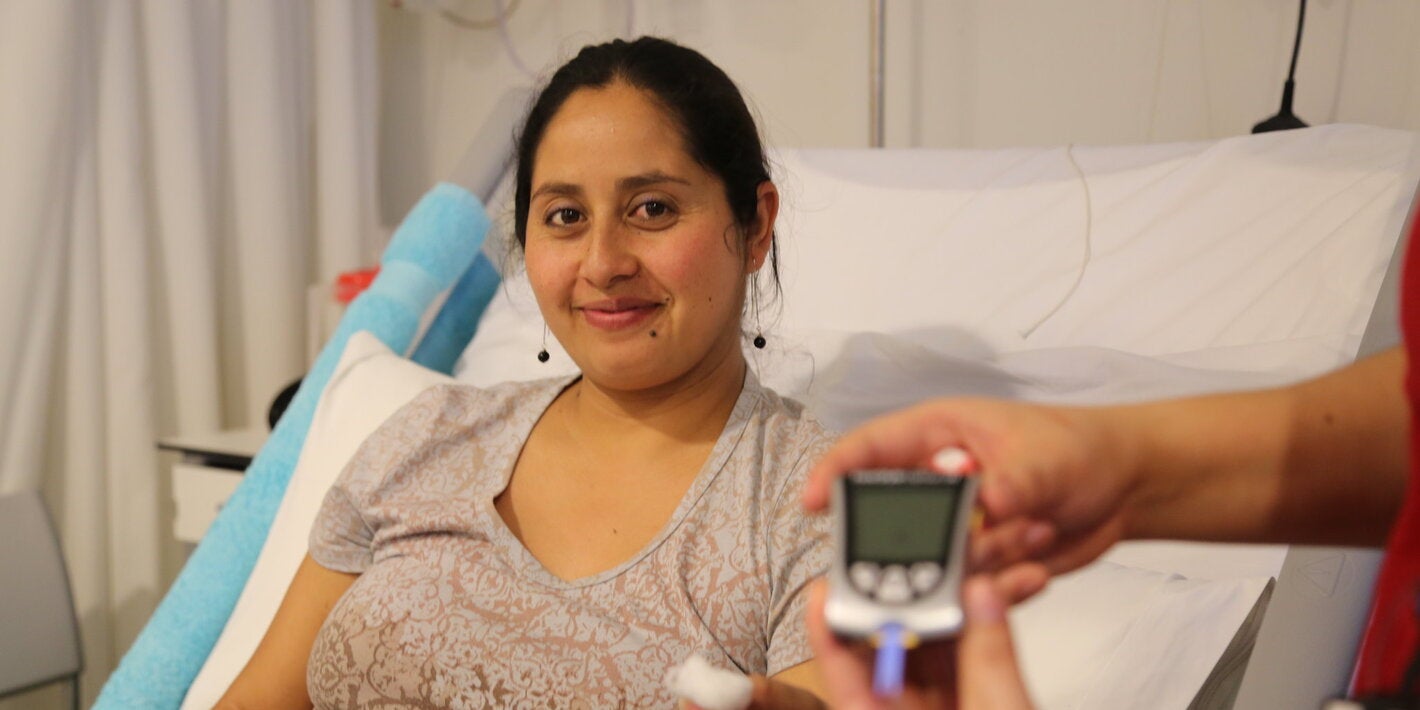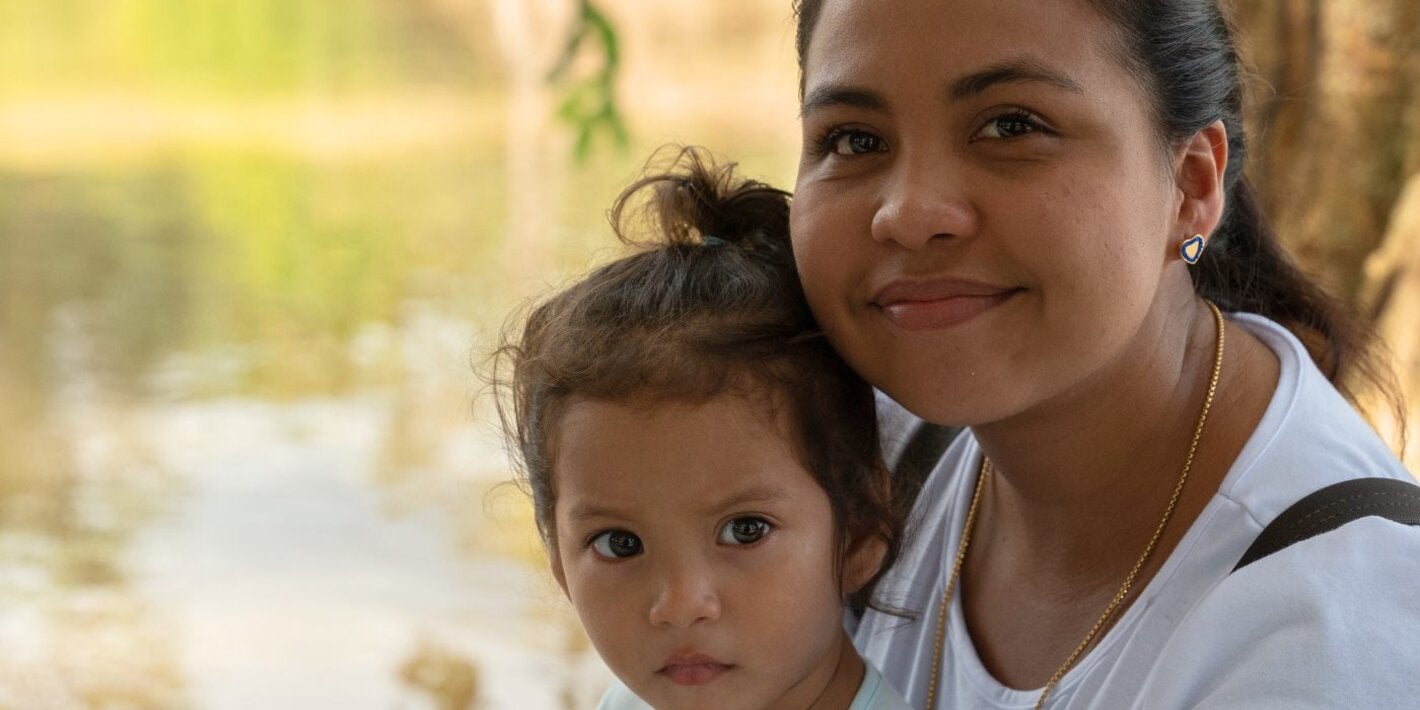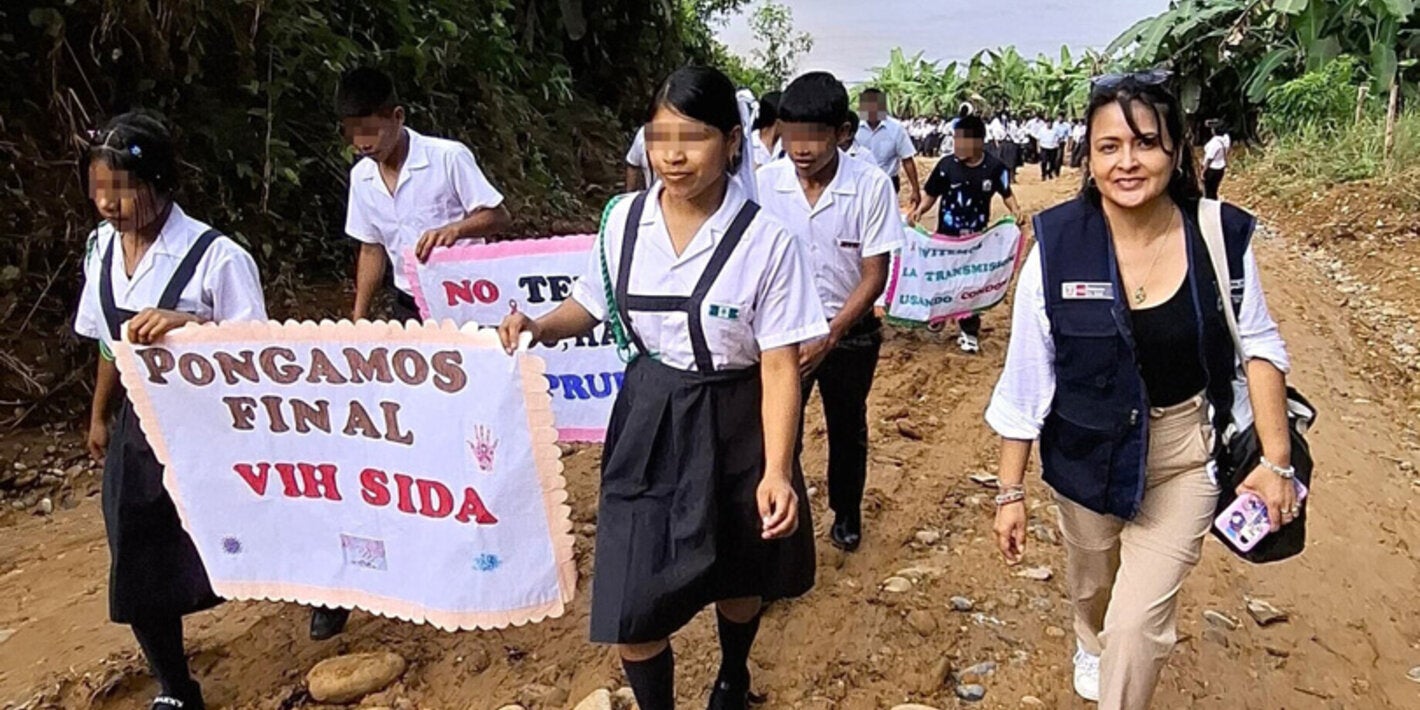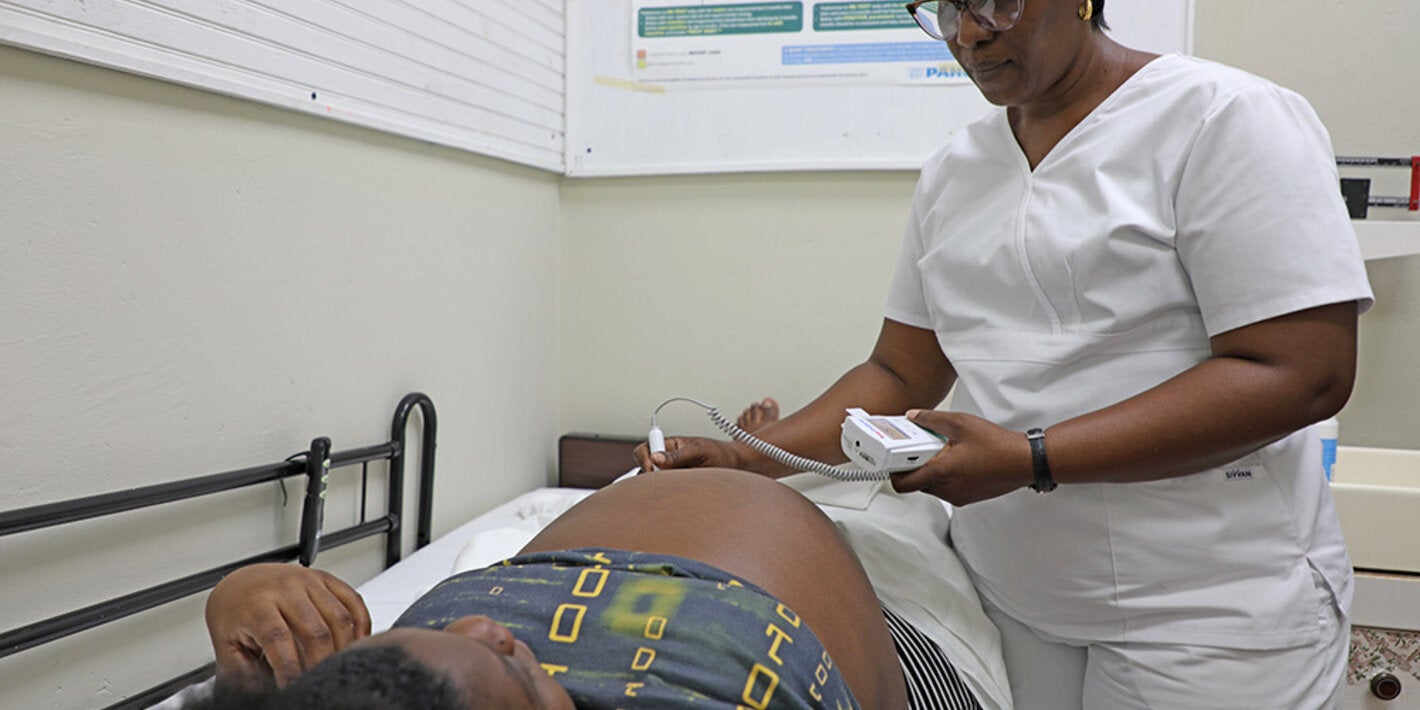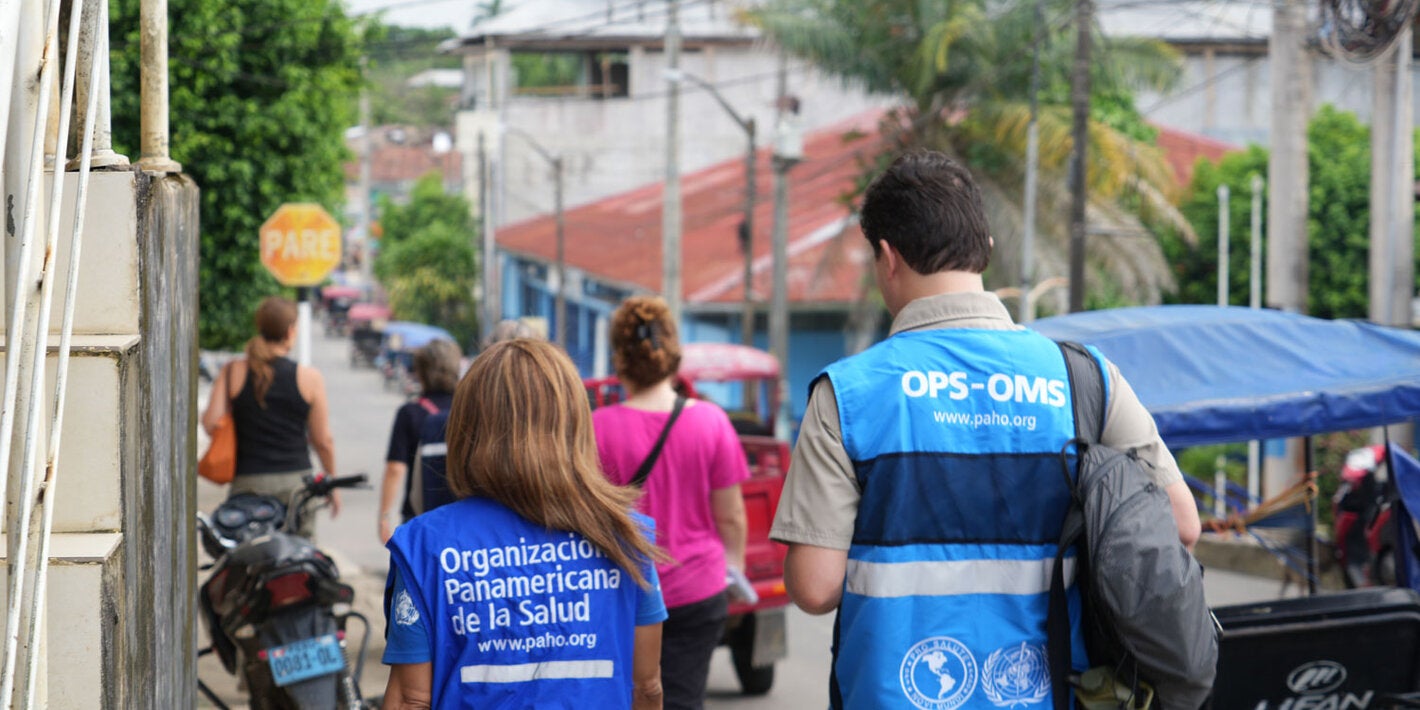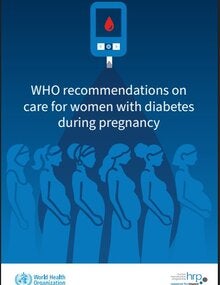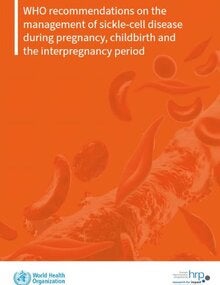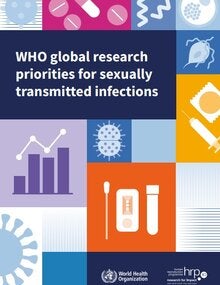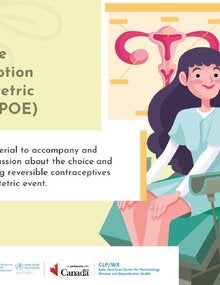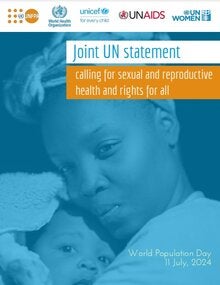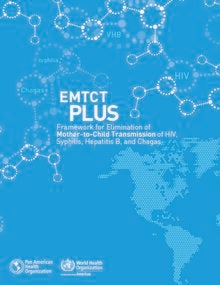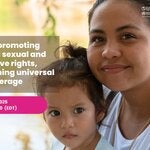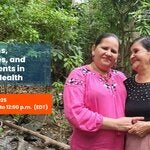Sexual health and rights in the life course
According to the World Health Organization (WHO), sexual health is: "...a state of physical, mental and social well-being in relation to sexuality, which is not the absence of disease, dysfunction or disability. Sexual health, when viewed affirmatively, requires a positive and respectful approach to sexuality and sexual relationships, as well as the possibility of having pleasurable and safe sexual experiences, free of coercion, discrimination and violence. For sexual health to be achieved and sustained, the sexual rights of all people must be respected, protected and fully exercised." (WHO, 2006a)
There is a consensus that sexual health cannot be achieved and maintained without respect for and protection of some human rights. "Sexual rights are the application of existing human rights to sexuality and sexual health. They protect the right of all people to satisfy and express their sexuality and to enjoy sexual health, with due respect for the rights of others, within a framework of protection from discrimination" (WHO, 2006a, updated 2010).
- Access the World Association for Sexual Health (WAS) Declaration of Sexual Rights
- Access the WAS Declaration on Sexual Pleasure
Health and reproductive rights
Ensuring access for all people to their preferred contraceptive methods advances several human rights including the right to life and liberty, freedom of opinion and expression and the right to work and education, as well as bringing significant health and other benefits. The use of modern contraceptives has the potential to protect the health of people with childbearing capacity from the risks associated with unintended pregnancy, especially in adolescents or people with chronic diseases. When the interval between births is less than two years, the infant mortality rate is 45% higher than when this interval is 2 to 3 years, and 60% higher than when it is four years or more. Finally, contraception also provides a number of potential non-health benefits, including increased educational opportunities and greater autonomy for women, as well as balanced population growth and sustainable economic development for countries.
The Pan American Health Organization (PAHO), through CLAP/WR, is working to promote Modern Contraception at the first level of care and Immediate Post Obstetric Event Contraception (AIPEO).
- Access to the course on AIPEO
- Access the course: Family Planning: Family Planning Update for Primary Health Care.
- Access the WHO page on Family Planning Family Planning
Eliminating unsafe abortion
In 2022, WHO issued new guidelines on abortion care, which aim to protect the health of women and girls and help prevent the more than 25 million unsafe abortions that occur each year globally.
The inability to receive quality abortion care, whether spontaneous or not, violates several human rights of women and girls, including the right to life, the right to the highest attainable standard of physical and mental health, the right to benefit from scientific progress and its implementation, the right to decide freely and responsibly on the number and spacing of children, and the right to be free from torture and cruel, inhuman or degrading treatment or punishment.
WHO estimates that between 4.7% and 13.2% of maternal deaths each year are due to unsafe abortion. In developed regions, an estimated 30 deaths occur for every 100,000 unsafe abortions, while this proportion rises to 220 deaths per 100,000 unsafe abortions in developing regions.
WHO maintains an online database of global abortion policies, which contains comprehensive information on laws, policies, criteria and guidelines from all countries.
In 2015, CLAP/SMR created the CLAP MUSA Network connecting sentinel centers where women undergoing abortion in the region are assisted, seeking to increase the quality of care and reduce maternal morbidity and mortality. The SIP Abortion (SIP-A), a component of the Perinatal Information System, is used for epidemiological surveillance in the sentinel centers of the network. The SIP-A follows the standards established by WHO, allowing researchers to systematize information, generate local reports and monitor changes following training and follow-up interventions based on national guidelines. As of 2022, 29 sentinel sites in 13 countries in the region were working together to share information to improve surveillance of health indicators for women undergoing abortion.
More information in Building a network of sentinel centres for the care of women in an abortion situation: advances in Latin America and the Caribbean - PubMed (nih.gov)
Elimination of Vertical Transmission of Infectious Diseases
The EMTCT Plus initiative aims to achieve and sustain the elimination of mother-to-child transmission (EMTCT) of HIV, syphilis, Chagas disease, and hepatitis B as a public health threat.
HIV screening coverage among pregnant women during antenatal care in the Americas region reached an all-time high of 80% in 2019 (Latin America 80% and Caribbean 82%). Likewise, access to antiretroviral therapy for pregnant women living with HIV has increased in Latin America and the Caribbean between 2010 and 2019. In 2019, access to ARVs reached 87% coverage in Latin America and the Caribbean, the highest coverage in the last decade.
Regarding congenital syphilis elimination, screening among pregnant women decreased from 70% in 2017 to 60% in 2018, reaching 71% in 2019 and returning to 62% in 2020 in Latin America and the Caribbean. There were 30,338 cases of congenital syphilis reported by countries in the Americas in 2020, corresponding to an incidence rate of 2.1 per 1,000 live births.
Data reported to the WHO/UNICEF Joint Notification Form on Immunization showed 68% coverage of the birth dose of hepatitis B vaccine in the Americas, a steady increase from the 49% reported in 2010.
Although Chagas disease has several routes of transmission, and vector-borne transmission remains prevalent, vertical transmission has gained prominence, while vector-borne transmission in endemic areas is in sharp decline. Approximately two million women of childbearing age in the Americas are infected with T. cruzi and are unknowingly at risk of transmitting the infection to their newborns.
The impact of COVID-19 is evident in the set of interventions related to reproductive health, pregnant women, newborns and children, but also HIV, syphilis, hepatitis B and Chagas disease, prevention, diagnosis and treatment.Countries need additional effort to keep up with the goals of better care for pregnant women and newborns free of preventable mother-to-child transmission diseases.


